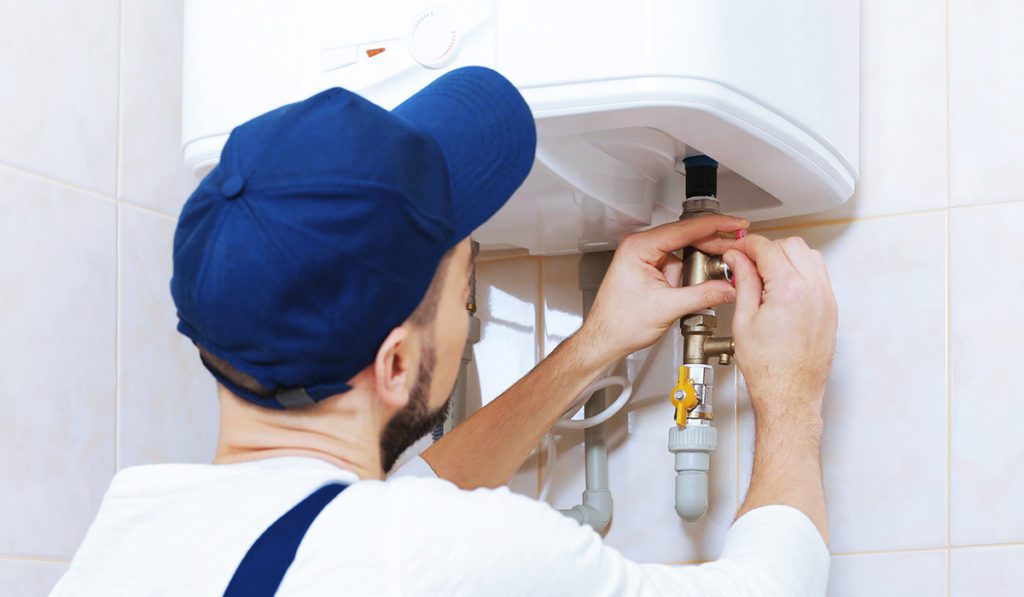Water heaters are one of those home products that homeowners simply cannot do without, as any homeowner will attest to. What do you do, though, if your water heater begins to malfunction?
Any time during the course of a unit’s existence, gas and electric water heaters, both tank and tankless versions, can develop a fault. Your hot water heater issue could be minor or major, affecting things like the quantity of hot water, the smell of rotten eggs in the hot water, the hot water pressure, the gas valve, tank corrosion, or the coldness of the water.
Learn how to troubleshoot common water heater issues in this blog. For expert solutions, contact Eco Pro Plumbing, the best cambridge plumbing company. We also offer the best 24 hr plumber cambridge.
Cold Water
Nothing is worse than expecting a hot shower and getting a cold one instead. If you’ve ever had this happen to you, you know that it’s typically brought on by a power outage, a broken thermostat, or a broken heating element. Replace blown fuses and reset circuit breakers to start by removing power as a suspect. Next, make sure power switches are turned on and that power indicators are on. Lastly, make sure the thermostat is powered.
Lukewarm Water
There are a few reasons why your water might not be as hot as you’d like it to be. Your water heater can be too small for your requirements. For instance, if many members of your household take showers simultaneously, you could want a larger water heater to handle the demand. Another possibility is that your hot and cold water connections are connected incorrectly. A hot water faucet can usually be used to fix this problem. If the water still flows after turning off the water supply, your connection is crossed. The chance that your heating element or thermostat is malfunctioning is the final one.
Water Tank Has a Top Leak
One of the two pipes on top of the water heater’s tank is probably where the leak is coming from if you see water flowing out of the top of the tank. For a comfortable living, warm water is a necessity, and these pipes are how it enters your house. The water first enters the tank and is heated there. It then exits through your plumbing and eventually reaches your fixtures. A leak may result from one of these pipes having loose fittings or connections. If the leak persists, you can try tightening them in this situation. If not, you might have to completely rebuild the pipes.
Leaks from the Side of the Tank
The pressure relief valve on your water heater is one of its most crucial safety features. If the pressure inside the tank rises too much, this valve is intended to discharge the water. The first thing you should do if you discover a leak coming from your pressure relief valve is to check the temperature setting on the water heater. Simply lower the temperature to 120 degrees if it is set too high. But if the leak continues, you’ll have to change the pressure release valve.
Rusty Coloured Water
A water tank’s anode rod serves as the tank’s primary barrier against corrosion, but with time, it will inevitably wear down and begin to corrode. Turning on a hot water tap could reveal rust-colored water if the anode rod has been exhausted.
Simply take off the anode rod and inspect it if you think that’s the issue. If it’s covered in rust, then it’s time for a replacement. If done quickly, replacing the anode rod is simple to do and can frequently extend the lifespan of your water heater. However, leaks are imminent if the tank itself exhibits corrosion. It’s preferable to replace your water heater if this happens.





